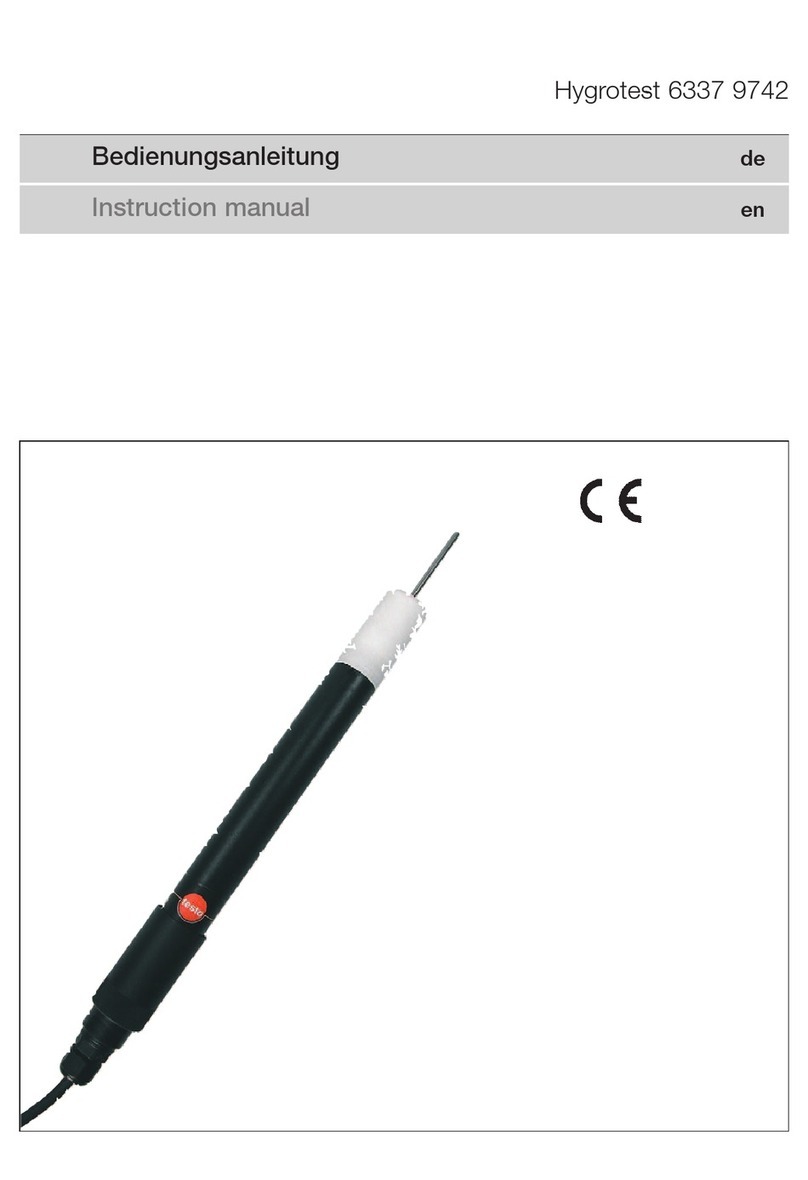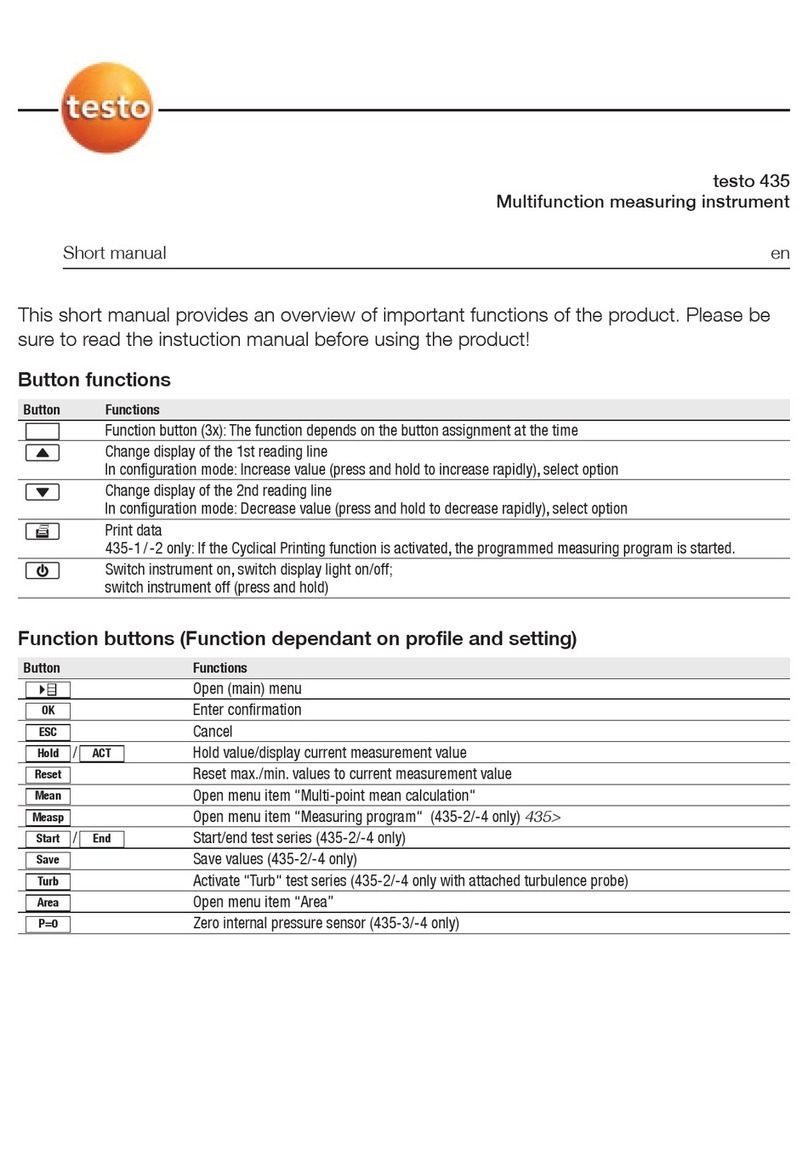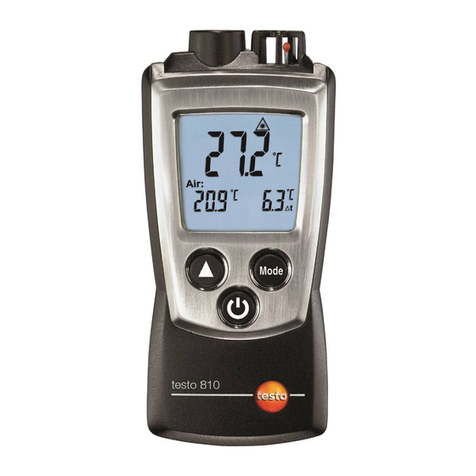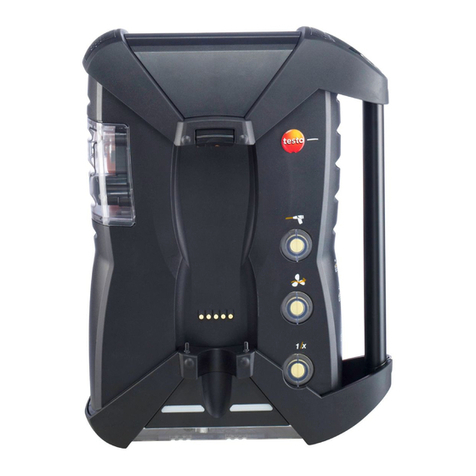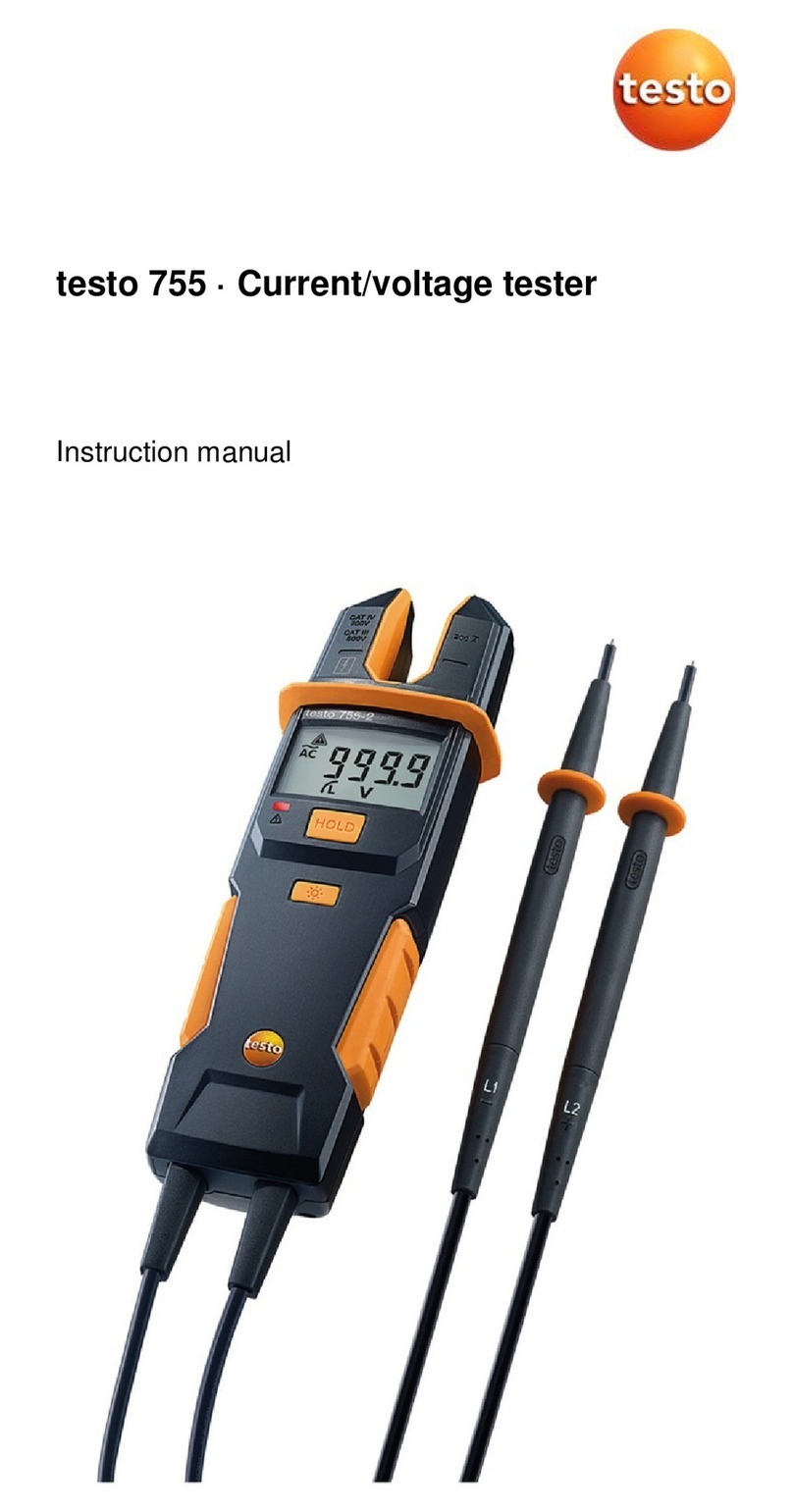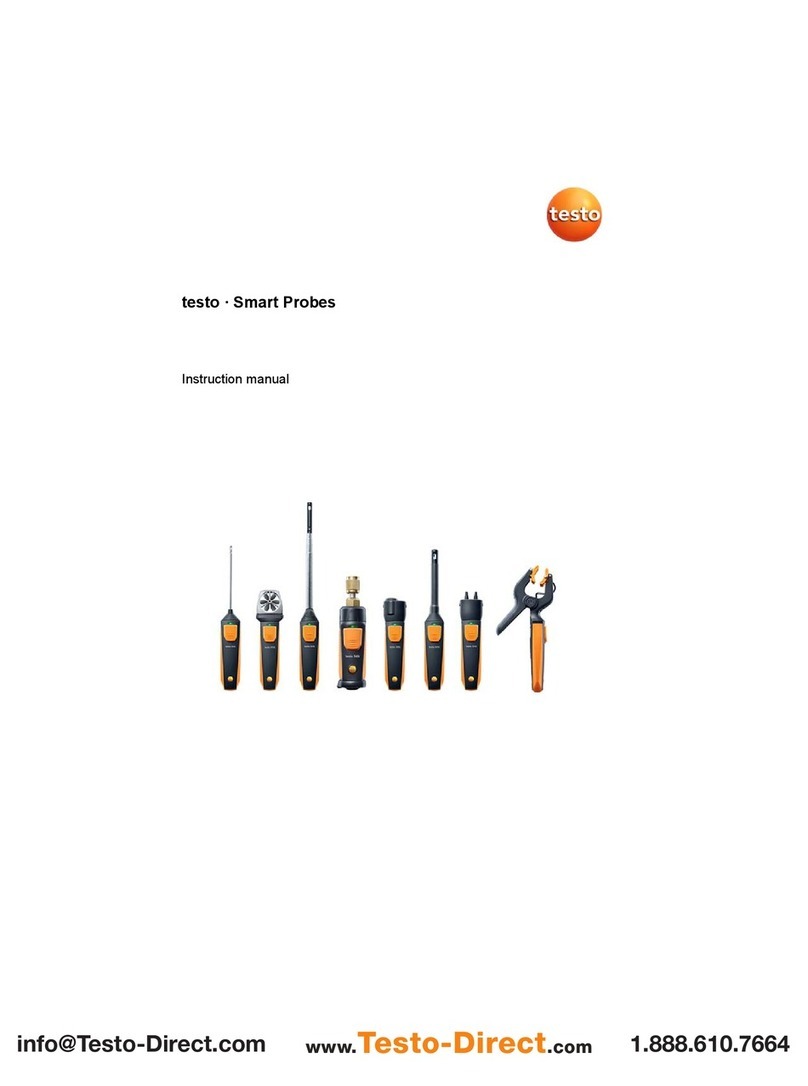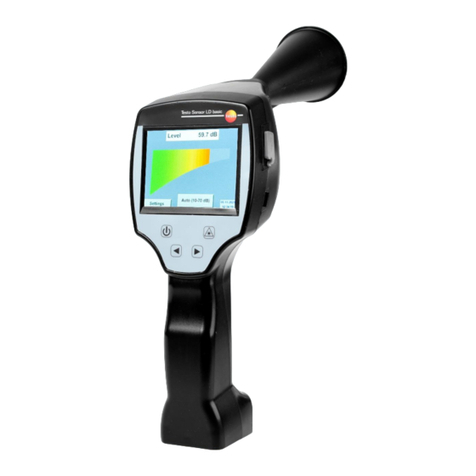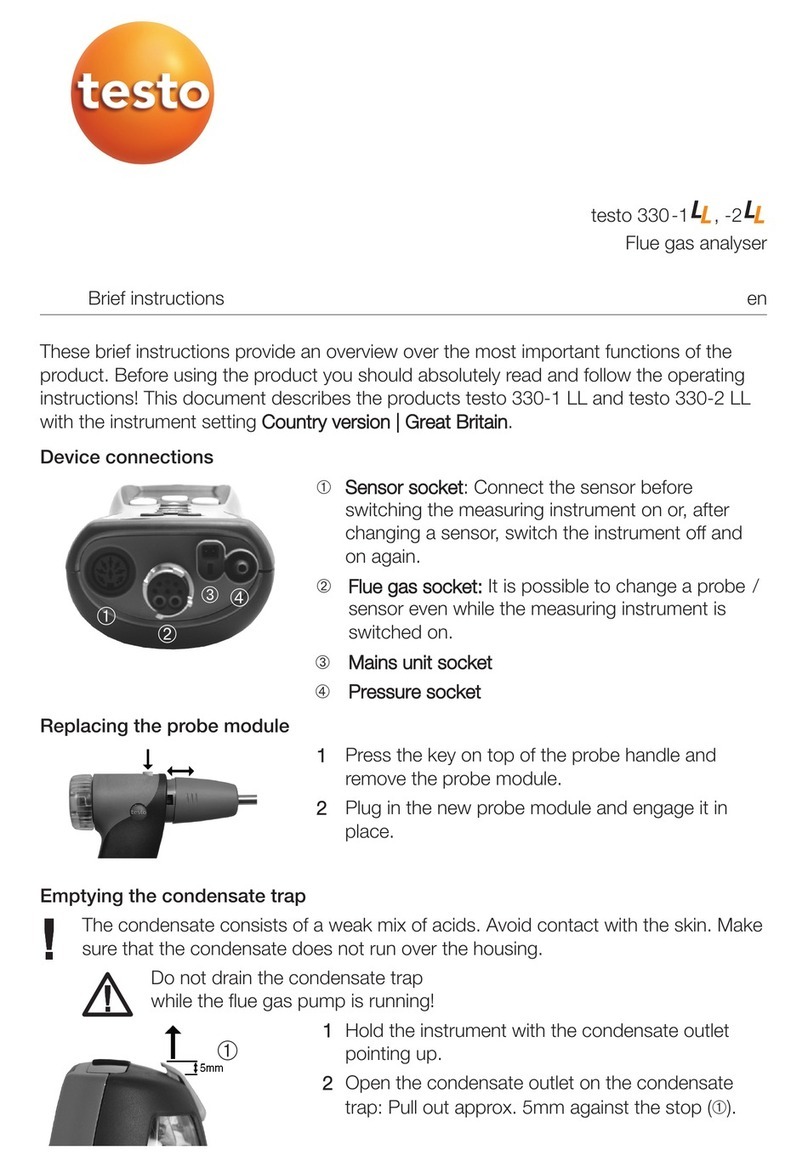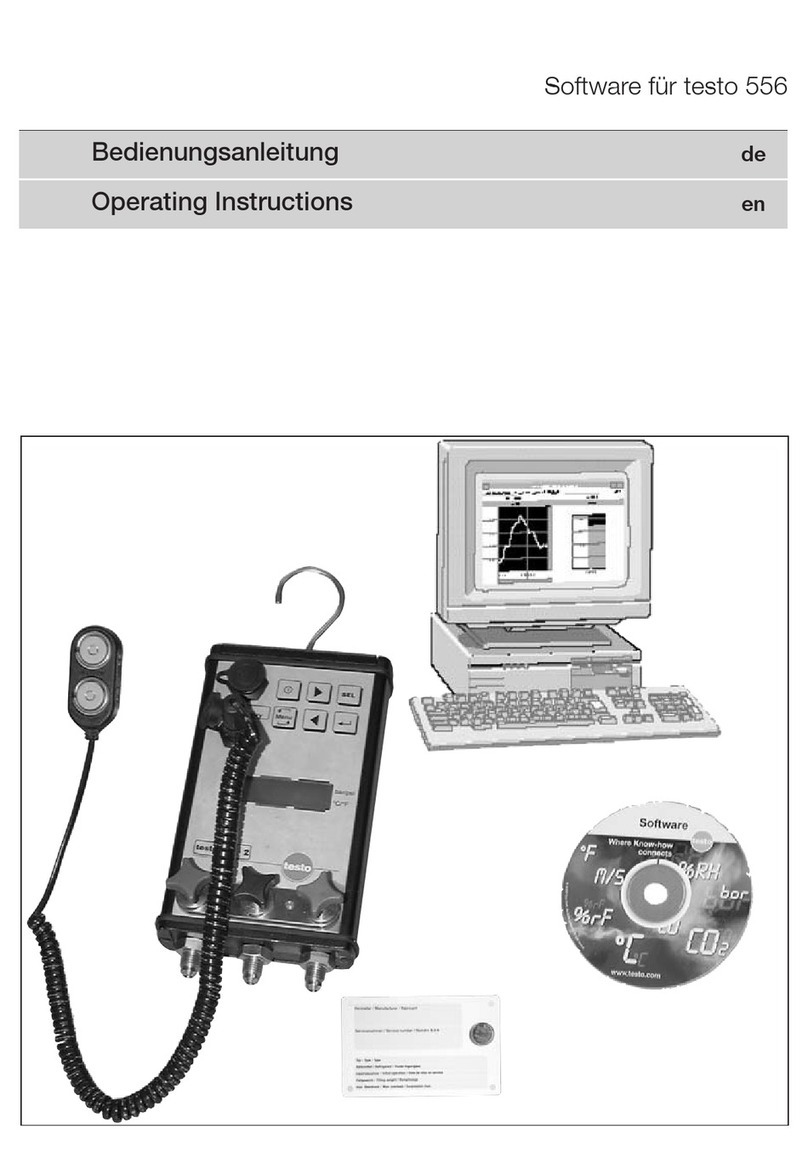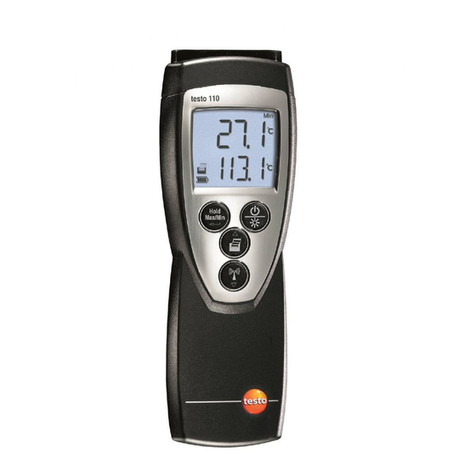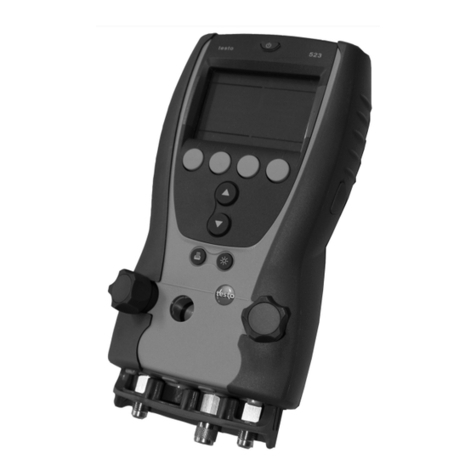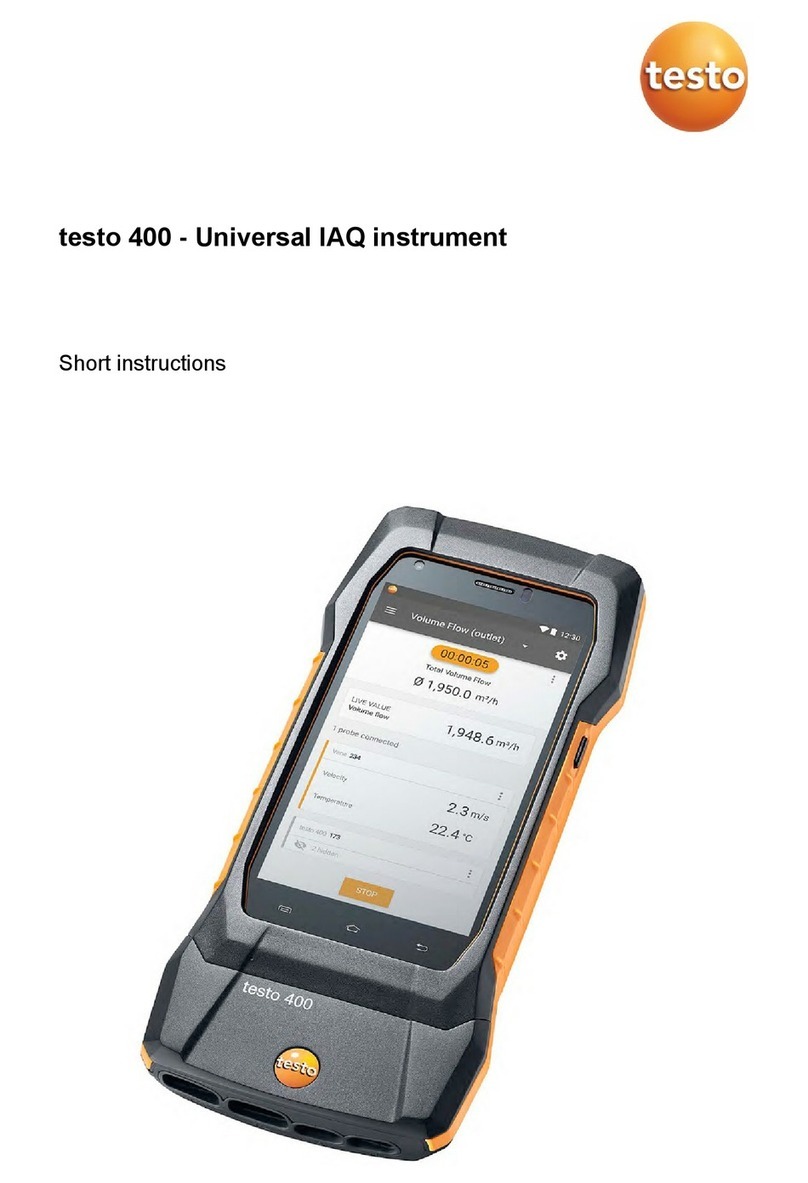1 Contents
4
5.2.5. Switching on .................................................................................................. 35
5.2.6. Calling up the function ................................................................................... 36
5.2.7. Entering values.............................................................................................. 36
5.2.8. Printing / saving data ..................................................................................... 38
5.2.9. Search for boxes ........................................................................................... 38
5.2.10. Confirming an error message ........................................................................ 38
5.2.11. Switching off .................................................................................................. 38
5.3. Folder............................................................................................ 39
5.4. Measurement records ................................................................... 41
5.5. Instrument diagnosis..................................................................... 42
5.5.1. Error diagnosis .............................................................................................. 42
5.5.2. Gas path check.............................................................................................. 42
5.5.3. Sensor diagnosis ........................................................................................... 43
5.5.4. Device information......................................................................................... 43
6Using the product ................................................................................. 43
6.1. Performing settings ....................................................................... 43
6.1.1. Assigning the right hand function key ............................................................ 43
6.1.2. Instrument settings ........................................................................................ 43
6.1.2.1. Measurement view .......................................................................... 43
6.1.2.2. Units................................................................................................ 45
6.1.2.3. Date / time....................................................................................... 46
6.1.2.4. Power options.................................................................................. 46
6.1.2.5. Display brightness ........................................................................... 46
6.1.2.6. Printer ............................................................................................. 47
6.1.2.7. Language ........................................................................................ 47
6.1.2.8. Password protection........................................................................ 47
6.1.2.9. Analog input .................................................................................... 48
6.1.2.10. Data bus.......................................................................................... 49
6.1.3. Fuels.............................................................................................................. 49
6.1.4. Sensor settings.............................................................................................. 50
6.1.4.1. Sensor protection ............................................................................ 50
6.1.4.2. Calibration / adjustment................................................................... 51
6.1.4.3. Calibration data ............................................................................... 53
6.1.4.4. Negative values............................................................................... 54
6.1.5. Programs....................................................................................................... 54
6.2. Measuring ..................................................................................... 56
6.2.1. Preparing for measurement ........................................................................... 56
6.2.2. Position flue gas probe .................................................................................. 58
6.2.2.1. Flue gas flow with hot spot characteristics....................................... 58
6.2.2.2. Flue gas flow without hot spot characteristics.................................. 58
6.2.3. Attachment options for the flue gas probe...................................................... 59
6.2.3.1. Using the probe stop ....................................................................... 59
6.2.3.2. Using the welded pipe ..................................................................... 60
6.2.4. Vibrations ...................................................................................................... 60
6.2.5. Flue gas measurement .................................................................................. 61
6.2.6. Differential pressure measurement (determining the pressure in the flue gas
duct) .............................................................................................................. 63
6.2.7. EMDS measurement ..................................................................................... 64
6.3. Analog outputs .............................................................................. 65
